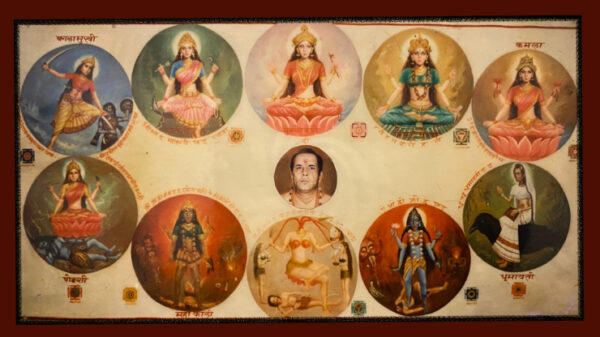- Home
- Worship Place
Worship Place
Parad Shivling With Shri Yantra
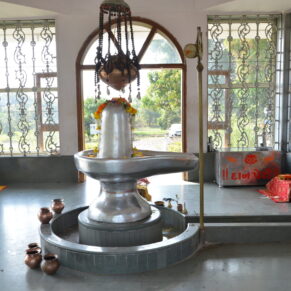
Parad Shivling With Shri Yantra
International Siddhashram Shakti Centre – India, is built of marble by His Holiness Sri Rajrajeshwar Guruji who is the founder and Spiritual Leader and he is also the disciple of Sadguru Swami Nikhleshwarand ji (Dr. Narayan dutt Shrimaji). This unique temple is dedicated to Lord Mahadev for sadhna for Sadhaks. The uniqueness of the temple is that the main Shivlinga is made of 17659 kg of Parad (Mercury) with MahaMeru Shree Yantra Shikhar which is considered to be one of the largest Shivlingas of India. This Shivalinga made of parad is called PARDESHWAR SHIVLINGA and has equal religious importance of the Twelve Jyotirlingas.

Puja with Bilwa Patra and 108 Lotus flowers
This unique temple in India is made with three Parad Shivlinga, (0ne on Shree Yantra Shikhar, Second Parad Shivlinga for puja and sadhna and third in 30ft ground called Pruthavi Parad Shivlinga. On Mondays, special abhishek and puja with Bilwa Patra and 108 Lotus flowers are offered on the Parad Shivlinga. With special Sadhaks we do 1 lakh bilwa patra puja with 1008 Lotus flowers.
A help to those who need it

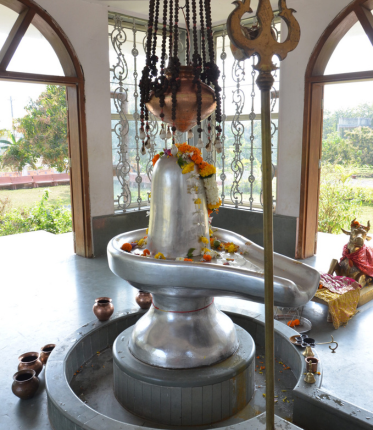
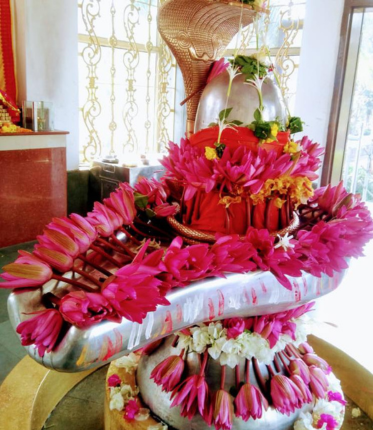
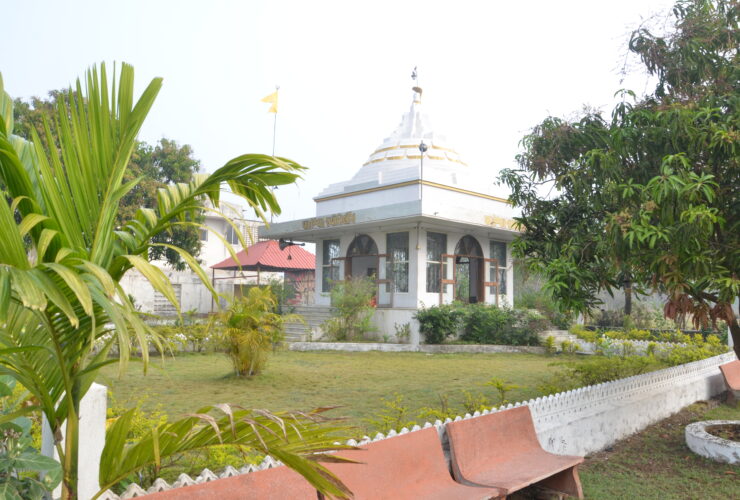
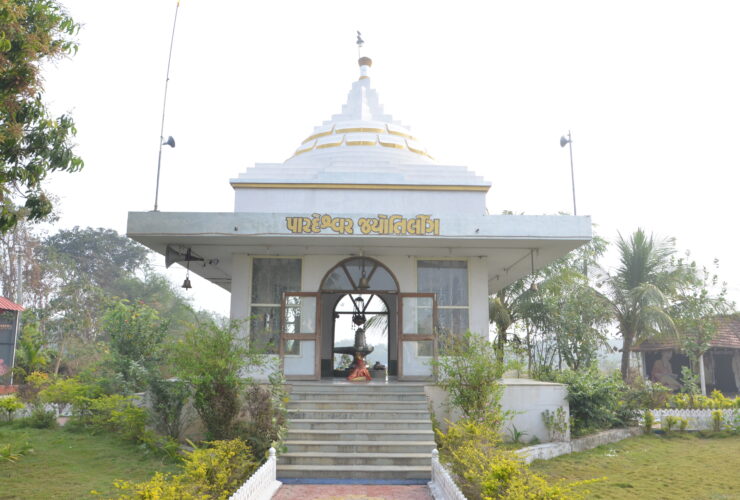
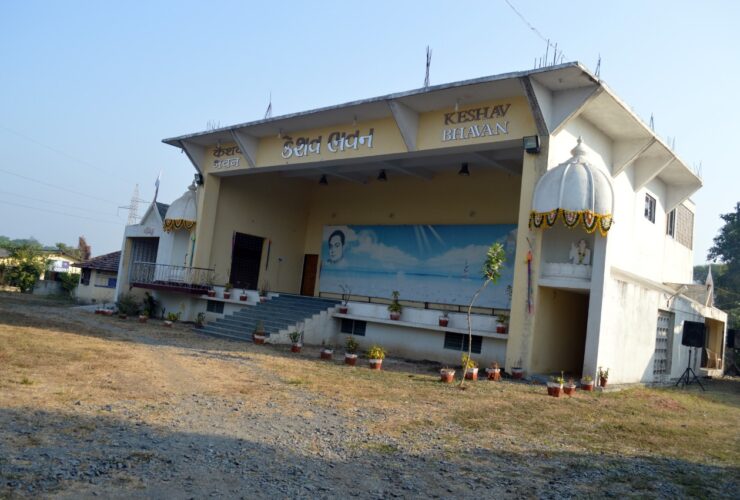
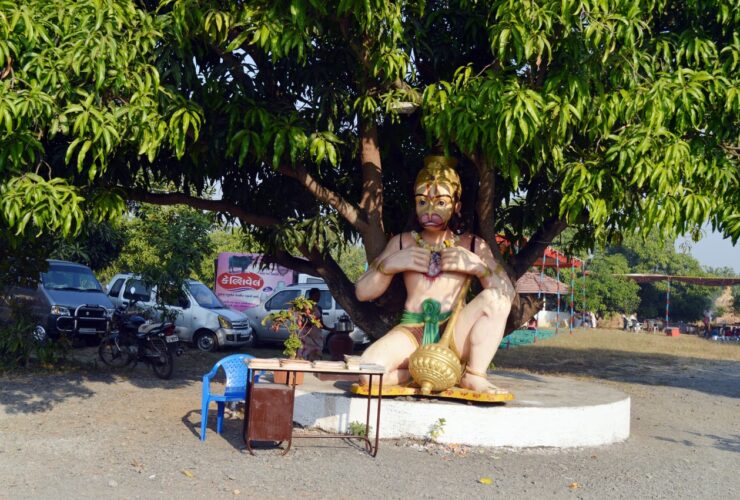
By Air
By Train
By Bus
By Air

Pardeshwar Jyotirling Temple is situated in Waghaldhara at International Siddhashram Shakti Centre – Waghaldhara, National High Way No : 48 Dist: Valsad , Gujarat. The nearest Domestic Airport to Waghaldhara is Surat which is 70km. International Airport is Mumbai which is 250km.
By Train

Pardeshwar Jyotirling Temple at Waghaldhara, 11km from Valsad Main Railway Station.
By Bus

National Highway No.48 - all buses stop by International Siddhashram – Waghaldhara.

Mercury Shivling Benefits
Mercury Shivling Benefits: When worshipped with proper procedure, belief, and enthusiasm helps human beings physically, spiritually, and psychologically. Also protects people from natural calamities, disaster, external evil effects. Some of the reference in the ancient texts of Ayurveda and mythological origins which justifies these belief are as follows.
It is stated and believed in various texts that if a mercury Shivling is placed and worshipped in a house, society or a temple. It is considered that it leads to prosperity, positive strength, and also considered that goddess Lakshmi resides at that place for generations to generation. Also a person is relieved of physical ,spiritual, psychological disorders.
The Parad Shiva Lingam, also known as the Mercury Shivling, is highly revered in Hinduism. It is believed to embody the essence of Lord Shiva, the primary deity. Only Parad and Narmadeshwar Shivalingas are recommended for home worship. The formless Shiva Linga has no beginning or end. The Parad Shiva Lingam, made of Shiva Dhatu (Mercury) and sulfur, represents the male (Shiva) and female (Shakti) energies. Obtaining a Mercury Shivling requires the blessings of a renowned guru and good fortune. Worshiping it leads to noble deeds and the potential for moksha (liberation).
Das Mahavidya
Das Mahavidya
The Das Mahavidyas are Wisdom Goddesses. Das means ten, maha means great, and vidya means wisdom. The Das Mahavidyas are considered forms of Divine Mother Kali, who is the first of the then Mahavidyas. Each Wisdom Goddess has her own name, story, quality, and mantras. Dus Mahavidya. Dus Mahavidya Moolamantra Sadhana. This course includes diksha of all Ten Mahavidya moola-mantra, and their practice together. It is offered as a distance deeksha by our Satguruji.
Sadhanas of Mahavidyas were formulated by the sages with the aim of helping the common people overcome various hurdles in life. Thus we have Kalt, the destroyer of all enemies, Chhinmasta for spiritual elevation and activation of Kundalini, Dhoomauati for banishing worries or anxieties, Matangi for riddance from diseases and a healthy body, Maha Tripur Sundari for an attractive beautiful personality, Shodashi for enchanting charms and mannerisms and Kamala for wealth and success in trade.
Preface Of all the deities, Gods and Goddesses the ten Mahavidyas enjoy a very respectable place in the spiritual spheres. In fact to join the most exalted group of enlightened ones as a prerequisite Sadhaks have to attain Siddhi of at least four of the ten Mahavidyas. All these Goddesses are different forms of AdyaMa Shakti who remains ever eager to bestow all favours upon her children. Hence she has assumed these diverse forms which are capable of blessing one with different boons.
Besides these seven there are three more Mahavidyas namely Tara,Bhuvaneshwari and Baglamukhi butin this book the Sadhanas of only the former seven are being elucidated in detail. I hope that Sadhaks and readers are able to reap the rewards of such wondrous practices that are rare even for Gods.

